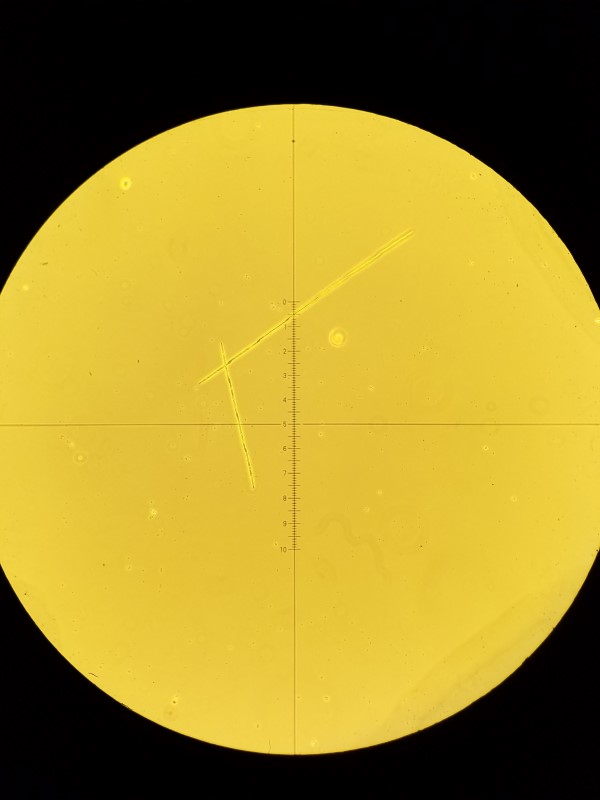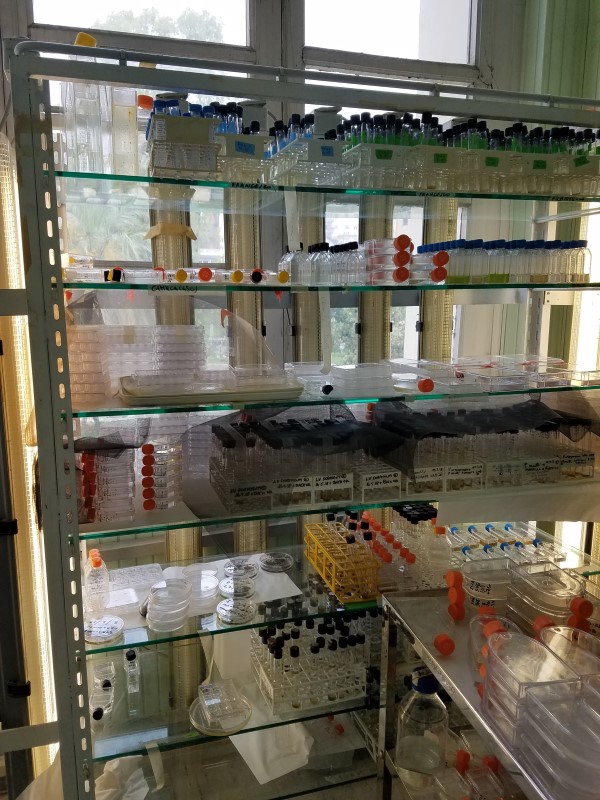Texas A&M Researchers Collaborate With Oceanographers in Naples, Italy
SEAWATER undergraduate researcher Victoria Scriven visited Stazione Zoologica, with Dr. Lisa Campbell, to learn diatom isolating technique for future study in the Gulf of Mexico.
Jul 6, 2018
On May 14-24, Dr. Lisa Campbell and undergraduate researcher Victoria Scriven, a senior in the Department of Oceanography at Texas A&M University, visited the Stazione Zoologica in Naples, Italy. Stazione Zoologica is a research institute founded in 1872 by the renowned biologist, Anton Dohrn. Interdisciplinary research is conducted not only in biological oceanography but also in various fields such as evolution, neurobiology, cell biology.
Scriven participated in the trip as a member of SEAWATER, a high-impact learning research program funded by the College of Geoscience, that helps undergraduate students establish research and field experience with faculty and staff in Oceanography and at the Geochemical and Environmental Research Group (GERG). The SEAWATER program also helps students develop leadership skills by serving as a mentor for Research Experience for Undergraduates (REU) students in the Oceanography’s REU program “Observing the Ocean” during the summer.
Campbell, who is a professor of Oceanography and the William R. Bryant Chair in Oceanography, is involved in a joint project with scientists at the Stazione Zoologica funded by the European Union Scientific Research & Cooperation program, focusing on the toxic diatom Pseudo-nitzschia multistriata. The objective of this project is to isolate the species in the Gulf of Mexico to compare with the Gulf of Naples.
“I thought it will be a good opportunity for Victoria to meet the scientists and learn their technique at the Stazione,” Campbell said.
Victoria Scriven is one of the first undergraduates in the new Oceanography Department major, starting this August. As the 2018 SEAWATER undergraduate, she will be working with Dr. Campbell and mentor the 2018 REU undergraduates helping in the lab and advice on the campus.
“Visiting the Stazione was the beginning of my research training,” said Scriven.
Diatoms are one of the ecologically important phytoplankton that are made of unique and geometric structure of siliceous shells. They provide the basis of the food chain in both marine and freshwater environments and are a major source of atmospheric oxygen via photosynthesis.
However, some species, such as Pseudo-nitzschia multistriata, produce toxins which may accumulate in shellfish, which can lead to human health risks from shellfish poisoning. Italy’s Gulf of Naples is one of the first study areas where Pseudo-nitzschia multistriata were found.



During the visit in Naples, Scriven learned how to establish cultures of the diatom Pseudo-nitzschia multistriata, prepare cultures for electron microscopy, and extract DNA for sequencing and phylogenetic analysis.
“DNA extraction is not itself unique, however, certain diatoms require specific protocols and tips,” Scriven said. “So, learning their technique was one of the main reason why I went because they have experience doing DNA extraction on Pseudo-nitzschia multistriata.”
Scriven said, she will apply their techniques to study the Gulf of Mexico, and eventually will have a joint comparative study on Pseudo-nitzschia multistriata.
“I think it was a good opportunity for her to learn about the project but also to interact with international scientists,” said Campbell. “The researchers in the Stazione Zoologica are some of the leading experts in phytoplankton taxonomy. It was a great experience for her to see and learn their technique as well as develop the collaboration. The relationships she developed there will be valuable resource for her future research career.”
“It was a really beneficial experience. I was lucky to get the opportunity to join the project with Dr. Campbell,” said Scriven.
“I enjoyed working with all the staff and students at the Stazione Zoologica,” Scriven said. “I was actually living with three Ph.D. students, we went to the institute every morning, work and come back home together. The training was very intense during the couple of weeks, but I learned a lot overall. The protocols that I learned will be valuable.”
Scriven is also the vice president of the TAMU Scuba Diving Club. During her free time while in Italy, she dove at the Underwater Archaeological Park at Baia.
By Bumsoo Kim
